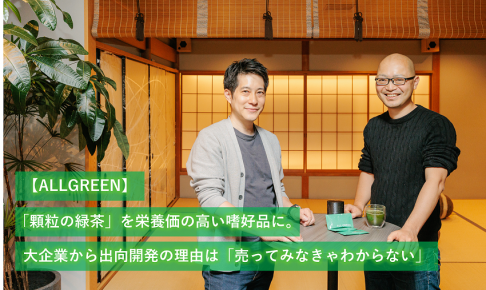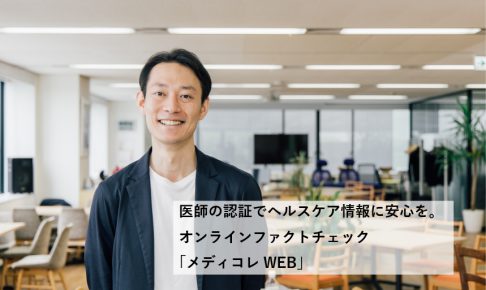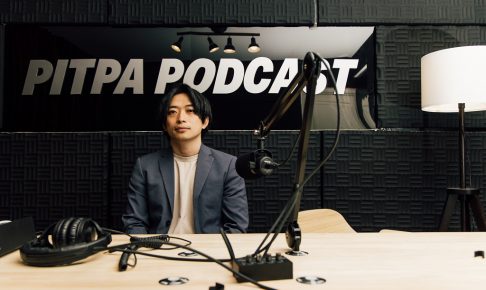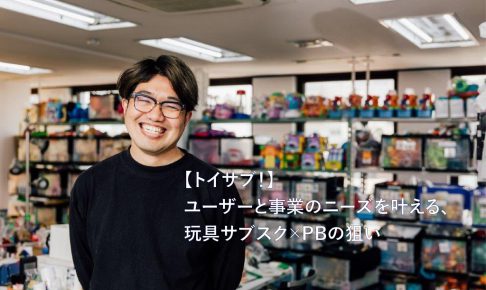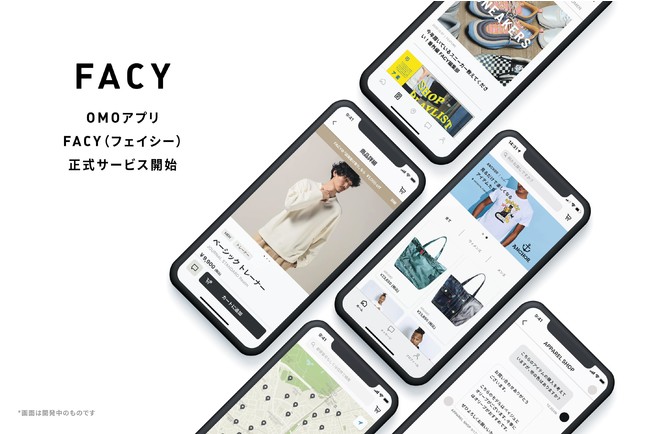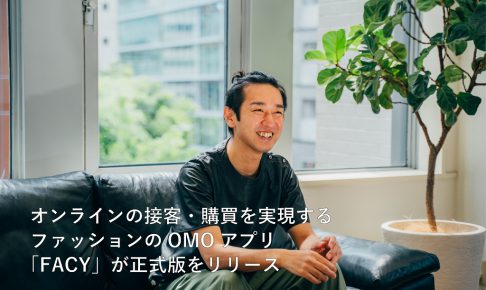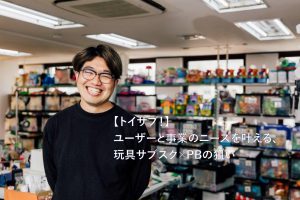On April 28, 2021, Styler Co., Ltd. ("Styler") released the official version of its facy app.
While maintaining the communication function with the clerks provided in the previous version (hereinafter conveniently called "β version" in this article), the Q&A system has been changed to a form in which inventory at nearby stores can be seen. We spoke with Tsubasa Ko seki, Ceo of Styler, about the details of the official FACY version and the current state of OMO.
(Interviewed in May 2021)

Representative Director and CEO, Styler Co., Ltd.
Tsubasa Koseki
After trading with a Japanese-English megabank and developing a payment service business at Amazon, a major e-commerce company, he focused on the large market design problem in the lifestyle field and established Styler Co., Ltd. in March 2015. Fashiontech aims to create future purchasing experiences from Asia. Apparel Committee, Ministry of Economy, Trade and Industry Graduated from the University of Tokyo.
From Q&A to displaying nearby items
FACY is an online measures with offline (OMO) app in the fashion and lifestyle sector that combines online and offline customer service and purchasing services. When you launch the app, inventory from stores with a radius of 3km in your current location and designated area will flow to your feed. It has not been personalized yet at the time of interview, but in the future, items tailored to individual hobbies and preferences will be displayed. At the time of interview, it is available only in the Shibuya area, and the area will be expanded sequentially.
Once you have selected an item, you can message the clerk of the shop to ask questions and consult with them, and you can also leave the items at the store. You can pick it up at the store or shop as an EC within FACY. From users who have been looking for items at the store until now, the time spent touring the city for an hour or two to choose what to buy will be reduced, and consultations will be available before going to the shop. You will also have the advantage of being available for new shops.
β version, items from shops within 3km were not presented, but in the form of Q&A. For example, if a user posts, "I want a handy polo shirt for a short-sleeved business because it will be summer from now on," the shop clerk will reply, "I have such a product in my house".
In β, the main difference between the original and the official version is the item discovery experience. β the Q&A system of the new version, kono seki says, "the speed of delivering products to users has increased" by becoming the official version of the recommendation method. The best practice is to open the app when the user wants something and buy the item in about 30 minutes to 2 hours.

Increase LTV by making fans
What are the advantages of shops using FACY? First of all, the average unit price can be expected to rise. According to Kogane, the average cost per user will be higher in order of e-commerce, store, and cross-sell (online and offline combination), with stores 2-3 times higher than E-Commerce and cross-selling 2-3 times higher than stores (i.e., cross-sell is 4-9 times higher than stores). Therefore, it is very important to send customers from e-commerce to stores as a shop.
However, it is not easy to attract customers to the store. Mr. Ko seki says that if you continue to operate SNS or try to get users by sending store customers from the web, the cost of sending customers to a store for one user may be several thousand yen. FACY has set the take rate (transaction fee rate) at 20%, but if the average unit price is 20,000 yen, it is 4,000 yen. This alone is by no means a cheap amount, but it is still calculated that it can be taken from the original considering that users come to the store and sell other items together or return to the store. It is likely that the shop side will be required to think about LTV instead of single-shot sales profit and loss.
There are many brands that transmit information from their own media and SNS, but FACY is displayed to users cross-brand, so there is an advantage that potential customers can be informed that "I put this kind of thing in my store". In other words, it helps to get new customers.

In addition, management functions are worrisome as an advantage of the shop side. Can facy, a platform where users and shops gather, be able to analyze? In this regard, it is said that only simple functions are available for shops, but in the future, it plans to offer a paid version with full functionality.
Currently, facy stores themselves are accepted free of charge, and only simple functions such as inventory registration, ding-up, and packing communication are provided. In the future, we plan to use the paid version for functions such as sales analysis, messaging by user segmentation, marketing automation, etc. (Mr. Ko seki, hereinafter the same)
Digitization of store inventory and communication
In the first place, there are not many solutions to the issue of digital /OMO of store shopping, even if you look around japan and overseas, and the method is roughly divided into two. In other hand, (1) OMO of store inventory and (2) digitization of store communication.
(1) The main ways to make store inventory OMO are (i)BOTIS (Buy Online Pick-up In Store) and (ii) microflufill (neighborhood delivery). In countries where labor costs for delivery personnel are high, such as developed countries, over-the-counter pickups will increase to avoid incurring the burden of shipping costs. In fact, some fashion brands account for more than half of their E-Commerce sales at BOPIS.
On the other hand, microfluesiment seems to be emerging not only in fashion but also in emerging countries. In China, platformers such as Bidan and Grab in Southeast Asia often deliver within a 3km radius within 2 hours.
As mentioned above, FACY can also ship bopis. But users don't bother to choose BOPIS if they don't have incentives. Therefore, FACY adopted a mechanism (only for 5,000 yen or more including tax) that is 1,000 yen off at any time if you select BOPIS to receive products according to the official release.

(2) Although there are various ways to digitize store communication, FACY can consult with clerks from the chat function as mentioned above. (By the way, there is also an update plan such as attaching a live commerce function for example in the future.) )
Before you buy a product, you want to check something. For example, "Do you have a PC sleeve?" or "Does a 15-inch MacBook come in?" Brands and shops that handle digital well are well handled by SNS etc. However, there are many not replying to emails and SNS inquiries.
In addition, in the case of a call center, there are cases where details are not understood because people who are not familiar with the product answer, and the answer to the details is severe even if the chatbot is answered that it is common. In that respect, facy is the shop clerk who is at the end of the chat, and it is flexible to respond to user responses.
FACY aims to digitize store shopping, not EC. We will support users and brands from both the OMO of store inventory and the digitization of store communication.
Interviews are also available on podcasts
Ko seki's interview on FACY is also available on podcasts. In addition to the above details, the following contents that could not be written in the article are also talked about.
Details of facy official version
Japan / Overseas OMO (New Retail)
What is the shopping experience in Japan?
What is the difference between individual apps and platform experiences like FACY?
(interview / text: 納富 隼平、edit: pilot boat、photo: Shun Nakayama)

